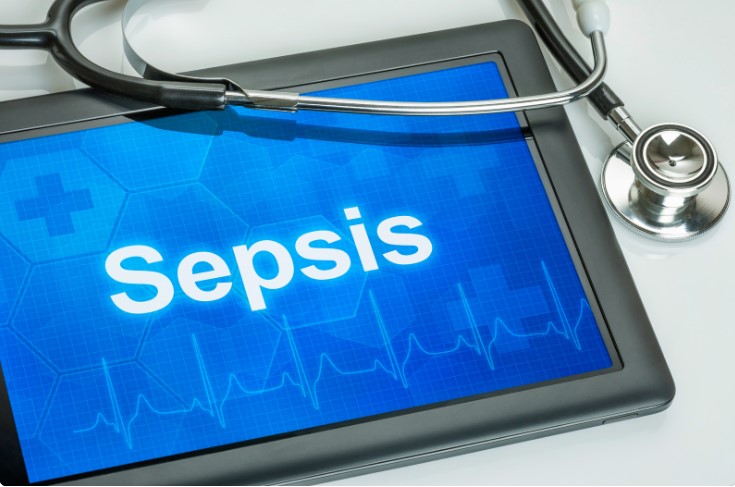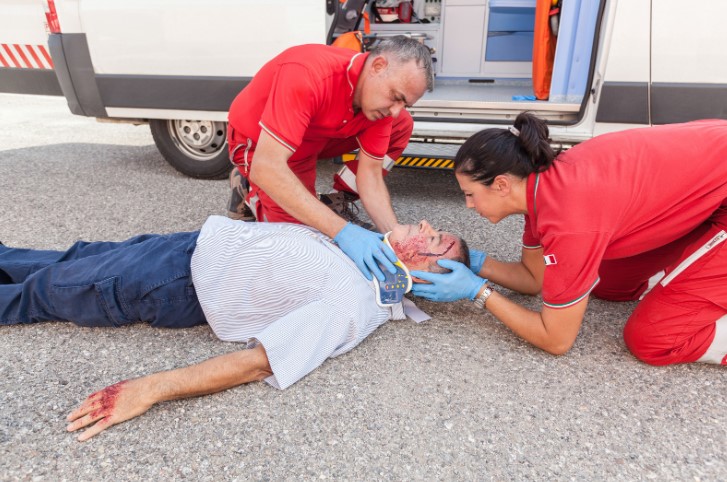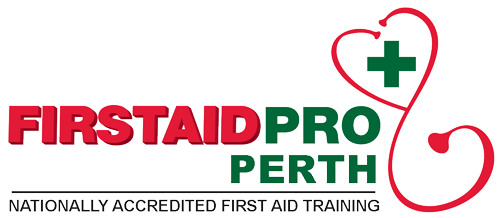10 Home Safety Tips for Children: Having a home safety checklist is a crucial step in protecting children from accidents and injuries in the home. The home environment can be full of potential hazards that can pose a serious risk to children, who may be curious and explore their surroundings without fully understanding the dangers.
Following safety tips and knowing first aid is an important step in taking control of one’s health and reducing the risk of developing a serious and potentially life-threatening condition.
Home Safety Practices For Children
Accidents and injuries at home are a major concern for children in Australia. According to the Australian Institute of Health and Welfare, children aged 0-14 years are most likely to experience accidents and injuries in the home environment.
In fact, the majority of hospitalisations for injury among children in Australia are due to accidents that occur in the home. Common causes of injury in the home include falls, burns, poisonings, and choking.
These incidents can result in serious injury or even death, highlighting the importance of implementing measures to prevent accidents and injuries in the home, such as implementing a household safety checklist and educating children on basic first aid.
The checklist can also serve as a tool for parents and caregivers to regularly assess and address any safety concerns in the home. This promotes a safer and more secure living environment for kids and helps instill important safety habits that can last a lifetime.
Below are 10 essential home safety rules for children.
10 Home Safety Tips For Children: First Aid Edition
1. Perform CPR
Cardiopulmonary resuscitation (CPR) is a lifesaving technique that can keep blood and oxygen flowing to the brain when a person’sheart stops beating. By teaching children CPR, they will have the skills and knowledge necessary to respond in case of an emergency, such as a cardiac arrest, drowning, or choking.
Children who learn CPR at a young age may also be more likely to remember it and use it when necessary.
2. Choking Management
Choking is a common and potentially life-threatening emergency. Children, especially those under 5 years old, are at a higher risk of choking due to their smaller airways and tendency to put objects in their mouths.
Children who are trained in choking management will be equipped with the skills and knowledge necessary to respond in case someone begins to choke. These include performing the Heimlich maneuver or calling for emergency services. This knowledge can help children quickly and effectively respond in an emergency, potentially saving a life.
3. Secure Dangerous Materials
Hazardous and poisonous materials can cause serious injury or death if not properly stored and handled. Common household items such as chemicals, medications, and cleaning supplies can be particularly dangerous to children, who may accidentally ingest or inhale them.
By teaching children how to secure dangerous materials, they will understand the importance of keeping these items out of reach and how to provide treatment when an emergency occurs.
4. Handle Burns Properly
Burns can occur from a variety of sources such as hot liquids, flames, and electrical sources.
Training children how to handle burns properly will give them the skills and knowledge necessary to respond in case of a burn injury. These include running cool water over the burn, covering it with a sterile bandage, and seeking medical attention if necessary.
5. Know Poison Management
Accidental poisonings are a common and potentially serious problem in the household. Children, especially those under 5 years old, are at a higher risk of accidental poisonings due to their tendency to put objects in their mouths and explore their environment.
Teaching children about poison management and first aid will help them understand the importance of keeping dangerous materials (e.g., medications, cleaning supplies, and chemicals) out of reach.
Children will also know what to do in case of a poisoning emergency, including calling the poison control center and seeking medical attention. This knowledge can help children to quickly and effectively respond in the event of a poisoning, potentially saving a life.
6. Stop Bleeding
Bleeding can occur from a variety of injuries, such as cuts, scrapes, and bruises.
Bleeding control and management is an important skill to learn by children, including applying pressure with a clean cloth or bandage and seeking medical attention if necessary.
7. Manage Allergic Reactions
Children should learn how to manage allergic reactions to stay safe at home because allergic reactions can occur suddenly and unexpectedly. Also, symptoms of allergies can range from mild to life-threatening.
Learning first aid will help them understand the importance of identifying potential allergens and avoiding them if possible.
They will also know what to do in case of an allergic reaction, including seeking medical attention and using an epinephrine auto-injector if necessary. This knowledge can help children to quickly and effectively respond in the event of an allergic reaction, potentially saving a life.
8. First Aid For Fractures
Fractures or broken bones can occur from falls, sports injuries, and accidents.
Children need the skills and knowledge necessary to respond in case of a fracture, including immobilising the injured limb, seeking medical attention, and avoiding movements that may cause further injury.
9. First Aid For Sprains
Sprains can occur from various causes, such as falls, sports injuries, and accidents.
Teaching children first aid for sprains will give them the skills and knowledge necessary to respond in case of a sprain. They will learn the importance of RICE first aid method (rest, ice, compression, and elevation) of the injured limb and seek medical attention if necessary.
Being familiar these techniques can help children to quickly and effectively manage a sprain injury, reducing the risk of further injury and promoting healing.
10. First Aid For Concussions
Concussions can occur from falls, sports injuries, and accidents. Therefore, it is important for children to have the skills and knowledge necessary to respond in case of a concussion.
Children can understand the importance of seeking medical attention and avoiding activities that could worsen symptoms by learning first aid for concussions.
Overall, teaching children about the first aid skills above is important in ensuring home safety and well-being in the home environment.
Learn First Aid
Learning first aid is an essential step in ensuring the safety and well-being of children at home. By providing children with the skills and knowledge necessary to respond in case of an injury or emergency, they will be better equipped to handle these situations and reduce the risk of further injury.
Additionally, learning first aid can help to build children’s confidence and sense of responsibility, as well as promote a culture of safety in the home. Whether it’s first aid for fractures, sprains, concussions, or any other injury, teaching children these essential skills can have a lasting impact on their health and safety for years to come.
Book an age-appropriate first aid training today with First Aid Courses Canberra.
For more information, check our course page or contact us on (08) 8382 4677








